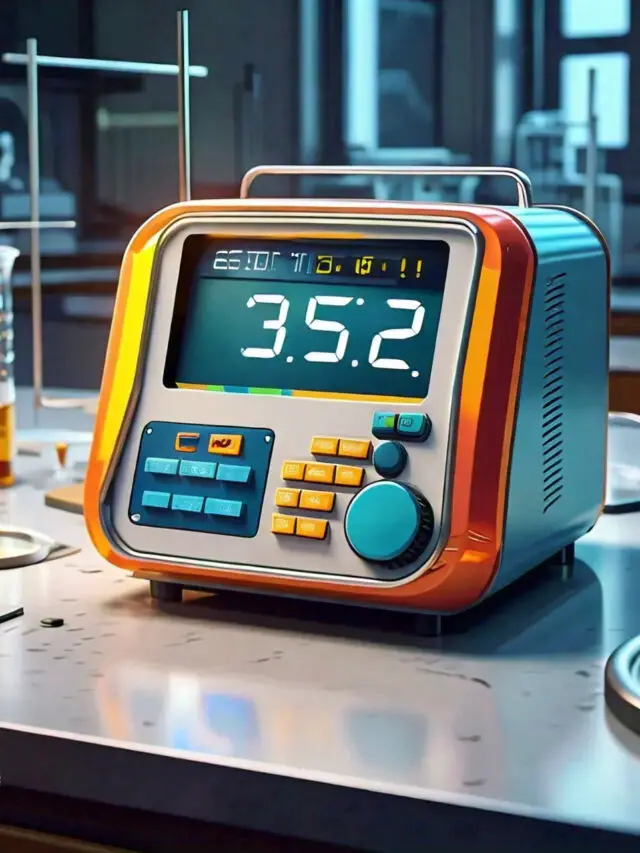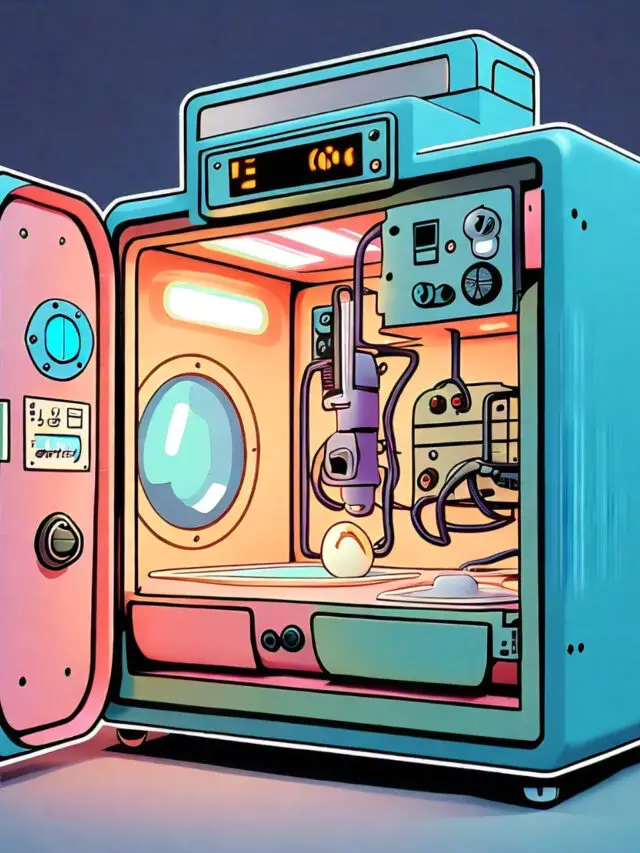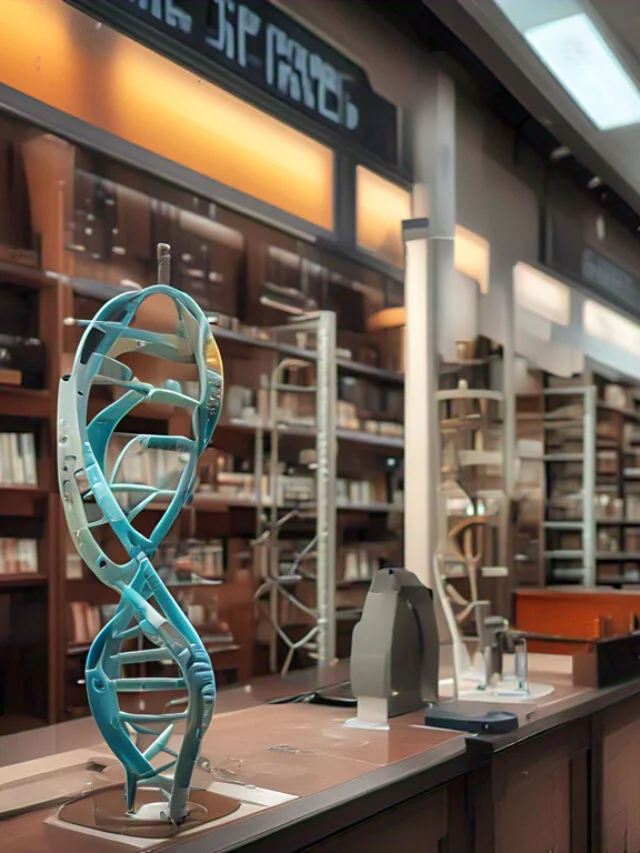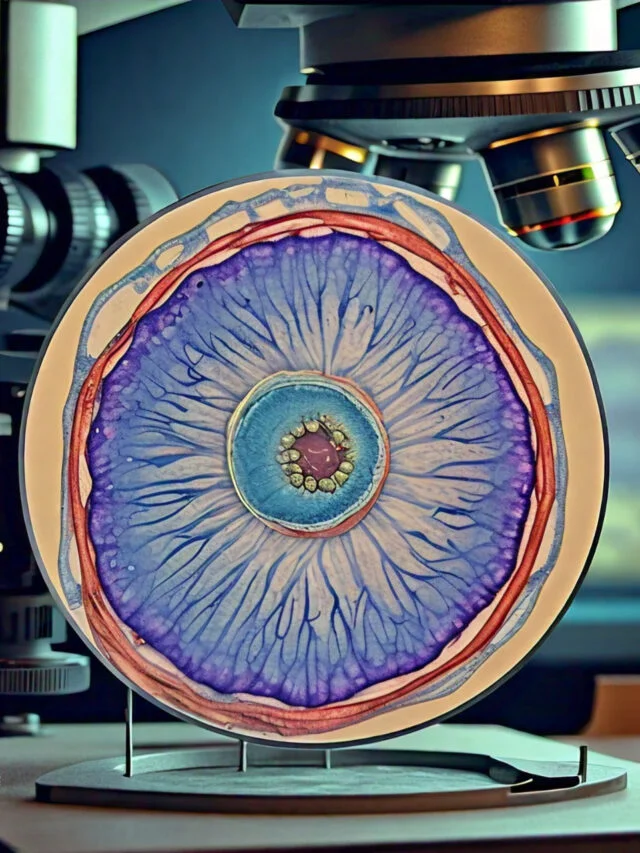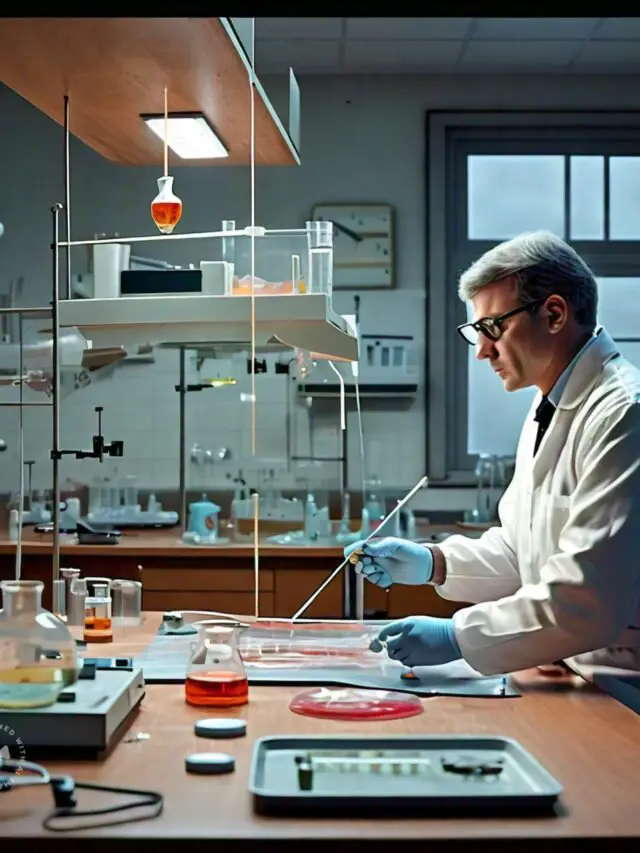Contents
Viridans streptococci
Viridans streptococci comprise a vast collection of Gram-positive commensal streptococcal bacteria that are hemolytic and produce a green hue on blood plates (hence the name “viridans”, from Latin “viridis”, green). The pseudo-taxonomic name “Streptococcus viridans” is often used to describe this species group, however, those who don’t prefer using the term “pseudotaxonomic” (which refers to a group of species as though they comprised one species) prefer to use the terms viridans streptococci, viridans streptococci group (VGS) or the viridans species of streptococcal. They do not possess Lancefield antigens. In general, the risk of pathogenicity is very low.
Viridans streptococci can be distinguished from Streptococcus pneumoniae by an optochin test. This is because viridans streptococci are resistant to optochin and are also devoid of the polysaccharide-based capsule that is typical for S. pneumoniae, or the Lancefield antigens that are found in the Pyogenic members of the Genus.
The most prevalent organisms are in the mouth. one group member, S. mutans, is responsible for dental caries in the majority of cases and also in large populations. S. sanguinis could be another possible cause. There are other causes that could be implicated in other gingival or mouth infections such as pericoronitis. If they enter the circulation of blood, they are at the potential to cause endocarditis. This is especially true for those with heart valves that are damaged. They are the most prevalent causes of subacute endocarditis that is caused by bacteria. Viridans streptococci are found in the case of neonatal infections.
Viridans streptococci are unique in their capability of synthesizing dextrans from glucose that permits them to stick to fibrin-platelet clusters that are the damaged valves of the heart. This is the reason they are able to cause subacute heart disease upon their entry into bloodstreams (e.g. after tooth extraction).
Pneumococcus streptococci
Streptococcus pneumoniae, also known as pneumococcus is a Gram positive and spherical bacterium, which is alpha-hemolytic (under conditions of aerobic) and beta-hemolytic (under anaerobic conditions) an aerotolerant anaerobic species belonging to the genus Streptococcus. They usually occur as pairs (diplococci) and don’t produce spores and aren’t mobile. As a major human pathogen, the bacteria S. pneumoniae has been identified as the primary cause of pneumonia at the end of the 19th century and has been the subject of numerous studies of humoral immunity.
Streptococcus pneumoniae can be found in healthy carriers, typically colonizing the sinuses, the respiratory tract and nasal cavities. In susceptible people who have weaker immune systems such as elderly people and infants the bacterium could be pathogenic and then move to other areas to cause illness. It is spread through direct contact through droplets of respiratory fluid as well as through auto inoculation of people who carry these bacteria within their respiratory tracts. It could be the source of neonatal infections.
Streptococcus pneumoniae has been identified as the primary cause of community-acquired meningitis and pneumonia among people of all ages as well as sepsis in patients with HIV. It also causes a variety of forms of pneumococcal infection that are not related to pneumonia. These are invasive pneumococcal infections that include rhinitis, bronchitis, acute sinusitis, otitismedia, meningitis, conjunctivitis osteomyelitis and septic arthritis. endocarditisand pericarditis cellulitis, as well as brain abscess.
Streptococcus pneumoniae can be distinguished from viridans streptococci some of which are alpha-hemolytic by with an optochin test because S. pneumoniae can be identified as optochin sensitive. S. pneumoniae may also be distinguished by it’s sensitivity to the killing through bile, which is also known as the “bile solubility test”. The Gram-positive encapsulated coccoid bacteria exhibit a distinct appearance based on the Gram stain diplococci with a shape like a lancet. They are encapsulated in a capsule of polysaccharide that functions as a virulence determinant for the organism. More than 90 serotypes have been identified and the serotypes differ in virulenceand prevalence and the degree of resistance.
Differences between Pneumococcus and Viridans streptococci – Pneumococcus vs Viridans streptococci
| Properties | Pneumococcus | Viridans streptococci |
| Morphology | Lanceolate or flame-shaped | Round/oval |
| Arrangement | Gram-positive cocci in pairs | Gram-positive cocci in long chains |
| Capsule | Present | Absent |
| On blood agar | Draughtsman or carom coin colony | Convex shaped colony |
| Liquid medium | Uniform turbidity | Granular turbidity |
| Bile solubility | Soluble in bile | Insoluble in bile |
| Inulin fermentation | Fermenter | Non-fermenter |
| Optochin | Sensitive | Resistant |
| Mice Pathogenicity | Pathogenic | Non-pathogenic |
| Quellung Test | Positive | Negative |
| Hemolysis | Alpha-hemolytic (under aerobic conditions) or Beta-hemolytic (under anaerobic conditions) | Alpha hemolytic or non-hemolytic |
| Pathogenesis | Causes pneumonia | Causes mainly oral infections |
Related Posts
- Difference Between Homologous Chromosomes and Sister Chromatids
- Difference between Monocarpic and Polycarpic Plants
- Differences Between Poisonous and Non-poisonous Snakes
- Differences Between Sensitivity, Specificity, False positive, False negative
- Anabolism vs Catabolism – Differences Between Anabolism and Catabolism



